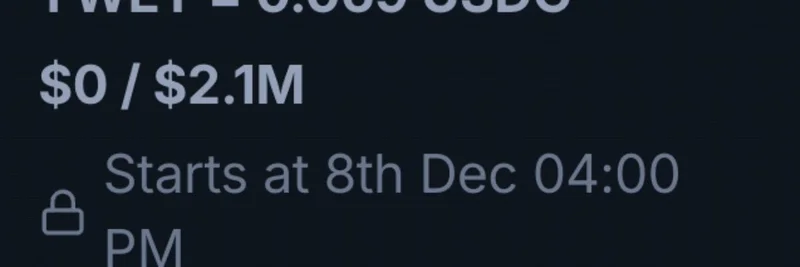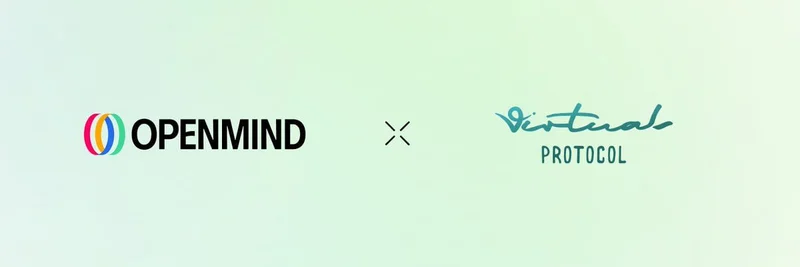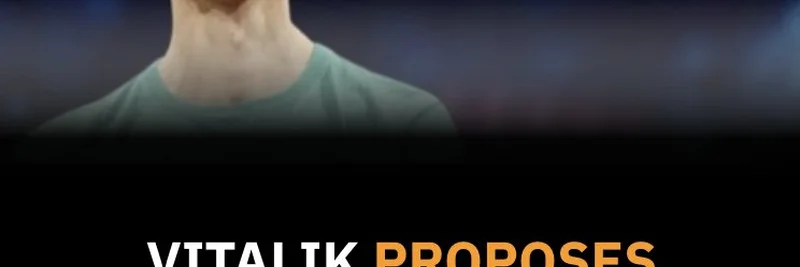In the fast-paced world of cryptocurrency, where trends come and go like viral memes, a recent tweet from Matty Tay, cofounder of Colosseum and former Solana team member, has sparked a lively debate. His message? Stop forcing gaming into crypto— the real game that's poised to take crypto mainstream is trading itself. Let's dive into what he means and why this perspective could reshape how we think about blockchain applications, especially in the realm of meme tokens.
Matty's tweet, posted on August 20, 2025, reads: "Stop trying to bring gaming into crypto. The game that will take crypto mainstream already exists. It's crypto trading itself. Take its raw elements, remix them, and deliver them as new product experiences." This isn't just a hot take; it's a call to action for builders in the space to focus on what crypto does best—high-stakes, adrenaline-pumping trading.
For those new to the scene, crypto trading involves buying and selling digital assets like Bitcoin, Ethereum, or meme tokens on exchanges. It's inherently gamified: prices fluctuate wildly, traders compete in prediction markets, and the thrill of potential gains (or losses) keeps participants hooked. Matty suggests remixing these elements—think volatility, liquidity pools, and decentralized finance (DeFi) mechanics—into fresh products that feel like games but are rooted in real economic activity.
This idea resonates deeply in the meme token community, where trading often feels like a multiplayer online battle. Platforms like pump.fun, which allows anyone to launch and trade meme coins on Solana, exemplify this. As one reply to Matty's tweet pointed out, pump.fun fits into the "crypto x social x entertainment" bucket. Users don't just trade; they engage in social hype, community building, and rapid-fire speculation, turning trading into a social game. Similarly, fantasy.top gamifies crypto by letting users build fantasy teams around crypto influencers and projects, blending trading with fantasy sports mechanics.
Why the shade on blockchain gaming? Matty's view aligns with a growing sentiment that many crypto games have fallen flat. Projects hyped during the 2021 bull run, like Axie Infinity, promised ownership of in-game assets via NFTs but often prioritized tokenomics over fun gameplay. As a reply from Adam G notes, "99.9% of the investments into crypto gaming were just based on token narrative mania." VCs chased narratives without asking key questions: Who's the customer? Is this scalable? The result? Many games launched with tokens that tanked, leaving players disillusioned.
Instead, focusing on trading as the core "game" makes sense for several reasons. First, it's accessible—no need for high-end hardware or learning complex game rules. Anyone with a wallet can jump in. Second, it leverages crypto's strengths: borderless, 24/7 markets and programmable money. Third, it drives real adoption. Meme tokens, for instance, have onboarded millions through simple, fun trading experiences. Think Dogecoin or newer Solana memes like Bonk— they're not games, but trading them feels like one.
Builders are already remixing trading elements successfully. Take peer-to-peer (PVP) trading platforms like the one mentioned in a reply from @b2fdotfun, where users can double their money in 180 seconds on Base, soon adding Solana meme coins. Or Colosseum itself, Matty's project, which likely focuses on accelerating Solana-based innovations, including trading tools.
For meme token enthusiasts, this shift means more tools to enhance trading fun. Imagine apps that turn meme launches into live events with leaderboards, badges for top traders, or AI-powered predictions. It's about making trading more engaging without forcing it into a traditional game mold.
Of course, not everyone agrees. Some replies defend gaming efforts, with one user feeling "personally attacked" but vowing to stay delusional and keep building. That's the beauty of crypto—diverse opinions fuel innovation. Yet, Matty's point stands: by remixing trading's raw excitement, we can create experiences that attract mainstream users who might never touch a blockchain game.
As we at Meme Insider continue to track the latest in meme tokens and blockchain tech, views like Matty's remind us that the path to mass adoption might be simpler than we think. Stick to what works, remix it creatively, and watch the ecosystem grow. What's your take— is trading the ultimate crypto game? Drop your thoughts in the comments below.



